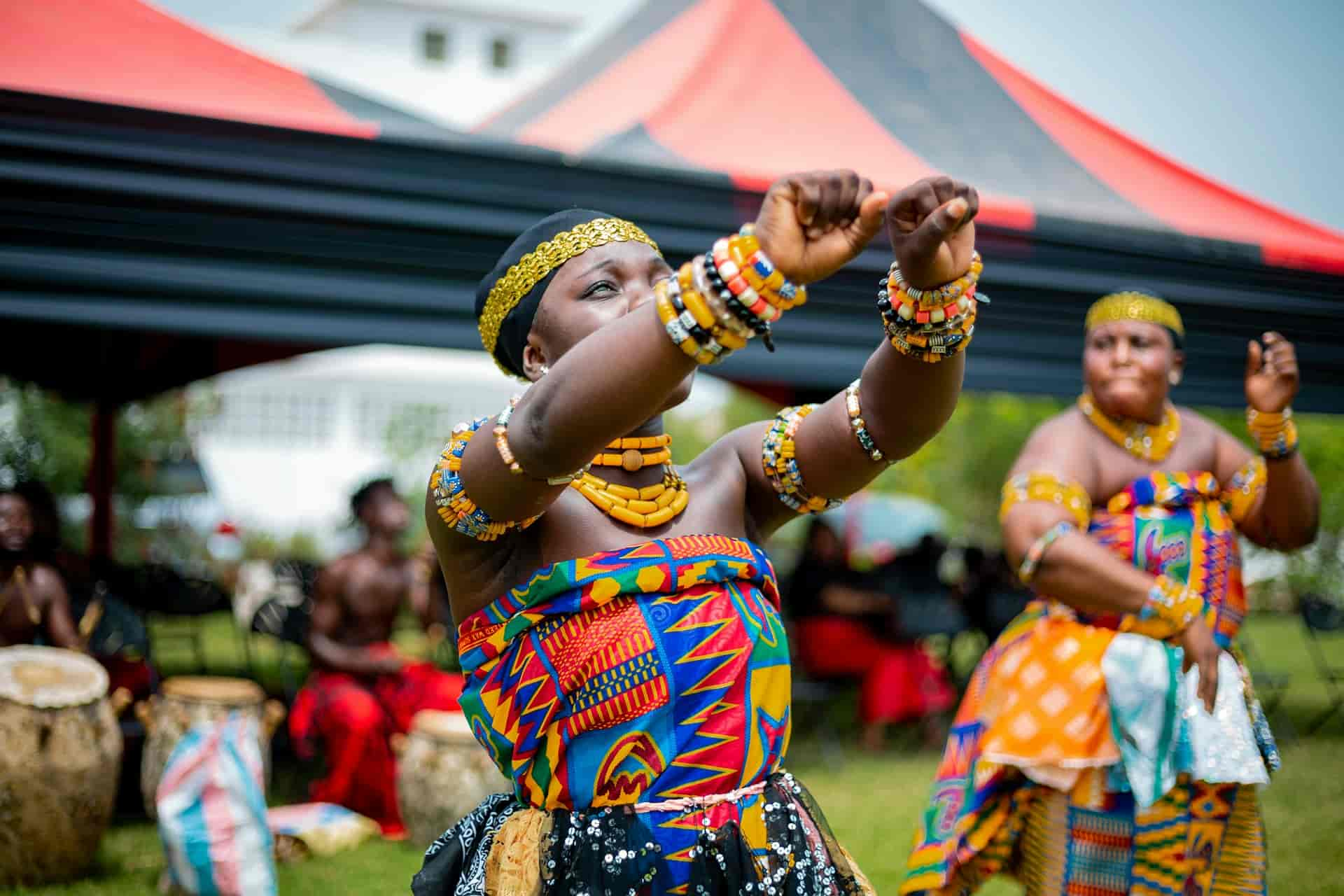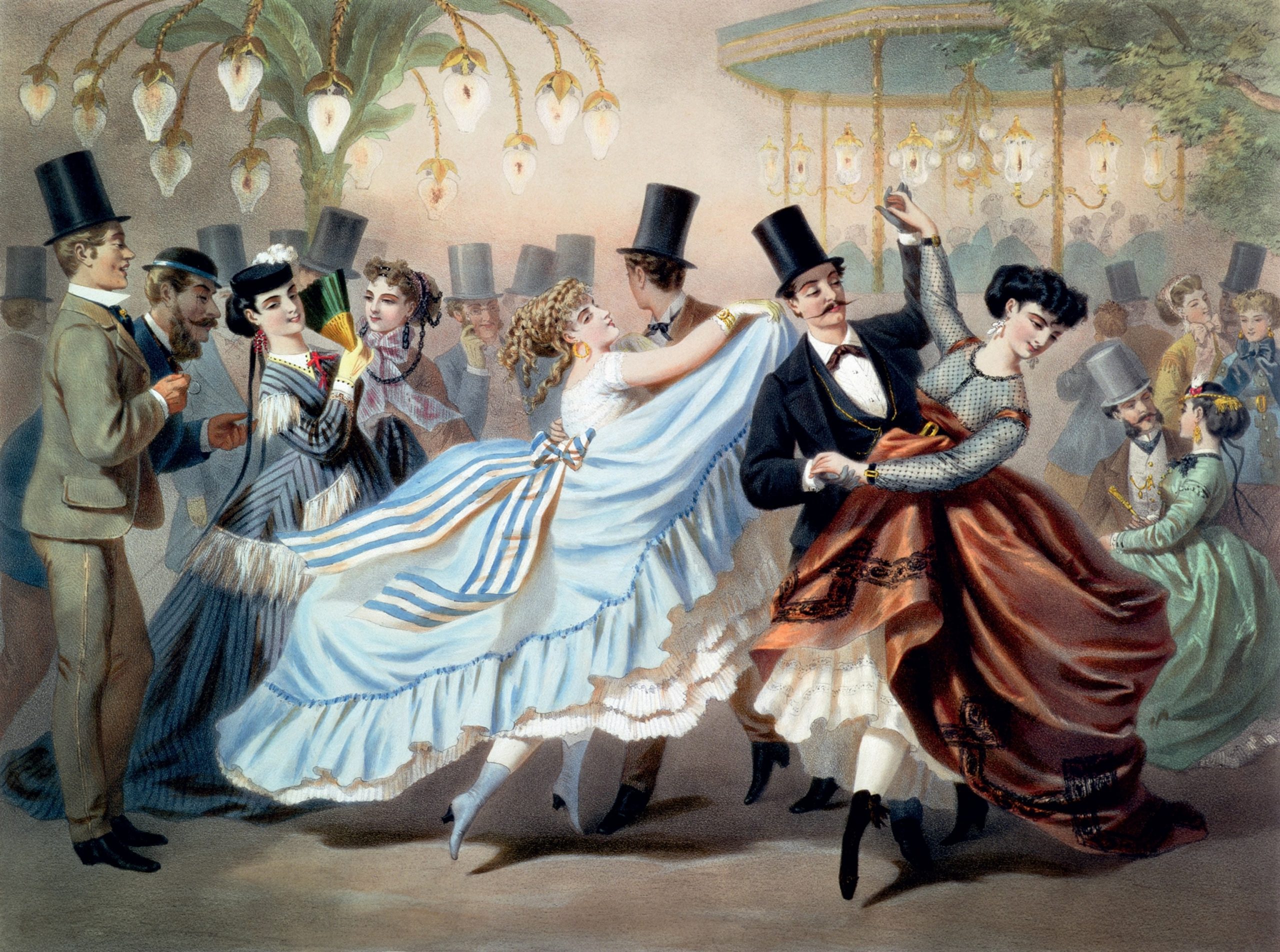How Dance Can Help with Mental Health and Well-Being

The Transformative Power of Dance on Mental Health
Dance is more than just an art form; it’s a powerful tool for enhancing mental health and overall well-being. Whether you’re waltzing at a wedding or grooving at a nightclub, engaging in dance can trigger a remarkable transformation in your emotional state. Numerous studies and anecdotal evidence suggest the profound impact dance can have on mental well-being, making it a noteworthy subject for exploration.
Research indicates that dance can lead to numerous benefits, including:
- Stress Reduction: Moving to music can lower cortisol levels, helping to alleviate stress. A study published in the journal “Psychology of Music” found that participants who engaged in dance experienced significant reductions in their stress levels compared to those who did not.
- Improved Mood: Dance releases endorphins, often dubbed the “feel-good” hormones. The joyous experience of dancing can create a euphoric feeling, making it an effective mood booster. For instance, Zumba classes blend fitness and fun, attracting participants who often report increased feelings of happiness and vitality after sessions.
- Enhanced Social Connections: Group dance can foster a sense of community and friendship. Activities such as partner dancing or group salsa classes build relationships among participants, which is critical in combating feelings of isolation often associated with mental health issues.
From ballet to hip-hop, different styles allow individuals to express themselves uniquely. Each genre presents an opportunity for self-reflection and personal growth, which is particularly vital in today’s fast-paced society. Dance serves as a playground for emotion, where one can channel feelings of joy, grief, or frustration into movement. For instance, contemporary dance often addresses social issues, allowing dancers to express their thoughts and sentiments on current societal challenges.
As mental health awareness continues to grow, the movement toward integrating dance into therapeutic practices gains momentum. Professional dance therapy programs are emerging across the United States, offering structured approaches to harness the healing power of movement. These therapies often involve trained practitioners guiding participants through choreographed sequences designed to evoke emotional responses, facilitating healing in a supportive environment.
The multifaceted nature of dance offers a tapestry for exploring emotions, relieving anxiety, and fostering resilience. The Smith College School for Social Work, for example, incorporates dance therapy in their curriculum, showcasing how movement can be a vital component of mental health treatment. Discover how embracing dance can become a cornerstone in enhancing your mental health journey. Engaging with this expressive medium not only enriches your life but may also lead to emotional healing and greater self-awareness.
DIVE DEEPER: Click here to discover the benefits of dance on mental health
The Therapeutic Benefits of Dance
Dance is a unique and dynamic art form that not only entertains but also enriches lives by promoting mental health and well-being. The rhythm of the music and the intricacy of movement create an environment ripe for self-exploration and emotional expression. Engaging in dance can serve as a relief valve for many psychological pressures, offering a form of therapy that emphasizes body movement as a means of facilitating emotional release.
One of the primary benefits of dance is its ability to act as a natural stress reliever. When people dance, they are likely to experience a drop in cortisol levels, the hormone often associated with stress. A study published in the journal “Arts & Health” revealed that participants who regularly danced reported feeling more relaxed and less anxious compared to individuals who did not engage in any form of physical activity. This phenomenon is attributed to the way physical movement triggers the body’s relaxation response.
Moreover, dance serves as a powerful psychological boost, stemming from its capacity to elevate mood. Research suggests that physical activity such as dance releases endogenous opioids—the body’s natural mood lifters. Whether it’s salsa, jazz, or ballroom dancing, participants often describe a sense of euphoric energy following their sessions. This experience is particularly evident in dance classes that fuse fitness and fun, such as the popular Zumba classes, where participants often find themselves smiling and energized, thereby combating feelings of depression.
In addition to its psychological benefits, the social aspect of dance is equally significant. Dance often takes place in group settings, where individuals can connect with others, thus facilitating enhanced social connections. Such interactions can diminish feelings of loneliness and isolation, which may accompany mental health challenges. Partner dancing and team-based classes create supportive networks among participants, where friendships can flourish and emotional support can thrive. This camaraderie can be crucial for those at risk of mental health issues, reinforcing the idea that they are not alone in their struggles.
Furthermore, each style of dance offers its own outlet for personal expression and emotional reflection. For example, contemporary dance often tells stories and addresses societal issues, providing dancers an avenue to process their thoughts and feelings about the world around them. In contrast, more structured dance forms like ballet may instill a sense of discipline and achievement, enhancing self-esteem and confidence.
As society increasingly recognizes the importance of mental well-being, dance therapy is gaining traction as a legitimate form of treatment. This innovative approach integrates the principles of dance with psychological healing, often led by trained practitioners who understand the intricacies of movement therapy. In settings across the country, including clinics and community centers, these programs aim to empower individuals to connect with their emotions through creative movement.
Understanding the multifaceted impact of dance on mental health is crucial for individuals seeking new avenues for personal growth and wellness. The opportunity to embrace dance can pave the way toward improved emotional stability and resilience, ultimately enriching one’s quality of life.
How Dance Can Transform Mental Health
Dance is not merely an art form; it acts as a dynamic therapy that can enhance mental health and promote overall well-being. Engaging in dance allows individuals to express their emotions creatively, providing a healthy outlet for stress and anxiety. Studies have shown that participating in dance can lead to a significant decrease in feelings of depression and loneliness. The rhythmic movements, combined with music, create an immersive experience that fosters a sense of community and belonging.
Physical Benefits That Enhance Mental Health
Alongside emotional benefits, dance promotes physical health, which is crucial for maintaining mental well-being. Regular dancing improves cardiovascular fitness, flexibility, and strength, all of which contribute to a more energetic and positive state of mind. Furthermore, group dance sessions cultivate social ties, combatting feelings of isolation and improving interpersonal relationships. The synergy of social interaction and physical exertion reinforces the intricate connection between body and mind.
Mindfulness and Dance
Incorporating mindfulness into dance practice enhances its therapeutic effects. Dancers are often required to focus on *movement*, *breath*, and rhythm, promoting a state of mindfulness that encourages mental clarity and emotional stability. This meditative aspect of dance helps individuals to reduce stress and gain mental resilience.
| Category | Key Features & Benefits |
|---|---|
| Emotional Expression | Allows release of pent-up emotions, enhancing mood. |
| Social Connections | Fosters community engagement, reducing feelings of isolation. |
| Physical Health | Improves physical fitness, contributing to overall well-being. |
| Mindfulness Practice | Enhances focus and mental clarity, reducing stress levels. |
As we delve deeper into the profound effects of dance on mental health, it’s clear that this vibrant form of expression is a powerful ally in the pursuit of well-being. Whether through emotional release, physical fitness, or social connection, the benefits of dance are vast and engaging, making it an attractive option for anyone looking to enrich their mental health journey.
DIVE DEEPER: Click here to learn about modern tools for composers
Dance as a Tool for Mindfulness and Self-Awareness
In addition to relieving stress and fostering social bonds, dance acts as an engaging form of mindfulness practice. Mindfulness is the art of being present and fully aware of one’s body and surroundings, a skill that many individuals struggle to master in today’s fast-paced world. When dancing, participants often find themselves immersed in the rhythm and movement, allowing them to escape from their worries and be fully present in the moment. This state of immersion can lead to heightened self-awareness, promoting positive self-regard and emotional clarity.
Research conducted by the American Journal of Dance Therapy indicates that engaging in dance can encourage participants to develop a deeper understanding of their emotions. As individuals express themselves through movement, they often identify complex feelings that may have been suppressed. This reflective process allows dancers to explore their emotional landscapes—transforming unexpressed feelings into creative movement. The physical act of dancing thus becomes a transformative tool for emotional healing.
Moreover, dance can enhance cognitive function, which is essential for individuals grappling with mental health challenges. A study published in the journal “Frontiers in Psychology” found that participants who danced exhibited improvements in executive function—skills that encompass memory, planning, and attention. These cognitive gains are vital for individuals with conditions such as anxiety and depression, as they can lead to better coping strategies when managing daily stressors.
Dance and Movement Therapy: A Growing Field
The rise of dance and movement therapy as a legitimate therapeutic modality is indicative of the recognition of its profound impact on mental well-being. Unlike traditional talk therapy, dance therapy focuses on non-verbal expressions, allowing clients to communicate feelings and emotions that may be difficult to articulate verbally. Dance therapists are trained to guide individuals through movement exercises tailored to their unique experiences, promoting emotional awareness and personal insight.
These therapy sessions often include improvisational movement and structured dance activities designed to foster a sense of safety and connection. For instance, clients may be encouraged to express their feelings using body language and rhythm, finding a voice for emotions that they may struggle to vocalize. This approach aligns well with holistic treatment methodologies, engaging both the mind and body in the journey toward healing.
The Impact of Cultural Dancing
Moreover, cultural dance forms can be particularly empowering for marginalized or minority communities, reinforcing identity and belonging. Dance styles specific to cultural heritages, such as African, Native American, or Latin dances, allow individuals to connect with their roots while also fostering a sense of pride. Engaging in these forms of dance helps participants reclaim narratives and histories, which can be especially powerful for those coming from backgrounds marked by trauma. This cultural connection often revitalizes community bonds and serves as a sanctuary for emotional expression.
In the context of contemporary society, where everything from social media to work demands can induce anxiety, dance offers a reassuring avenue of escape. The therapeutic benefits of dance transcend mere physical activity, promising not only mental relief but also a support system that strengthens resilience and fosters a sense of belonging. In embracing dance, individuals can discover new dimensions of their emotional health while cultivating joy and creativity in their lives.
DISCOVER MORE: Click here to enhance your mental well-being
Conclusion: Embracing Dance for Better Mental Health
In summary, the integration of dance into mental health practices offers a multifaceted approach to enhancing well-being. From its ability to foster mindfulness and self-awareness to its role in movement therapy, dance serves as a powerful medium for emotional expression and healing. Individuals find solace in the rhythm and movement, creating a safe space to explore their feelings and discover new dimensions of themselves.
Moreover, the cognitive benefits of dance, including improved memory and planning abilities, provide additional support for those facing mental health challenges such as anxiety and depression. As research continues to highlight these benefits, more practitioners are recognizing the potential of dance and movement therapy as an effective complement to traditional therapeutic methods.
Cultural dances also play a significant role, enabling people from diverse backgrounds to connect with their heritage, express pride, and strengthen community ties. This sense of belonging not only fosters personal healing but reinforces the value of cultural identity in mental health.
Ultimately, integrating dance into one’s life can lead to a more balanced and fulfilling emotional state. As society continues to navigate the complexities of mental health in an increasingly fast-paced world, the restorative powers of dance present a unique opportunity to cultivate joy, creativity, and resilience. By embracing the art of dance, individuals can unlock profound benefits for both their mental and emotional well-being, paving the way for a healthier, happier future.



